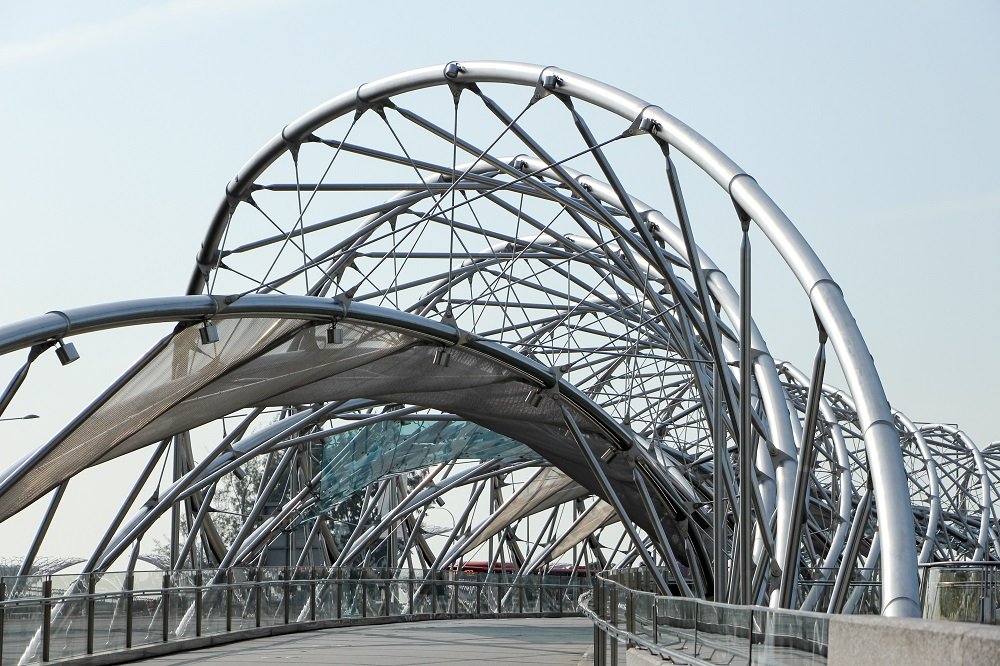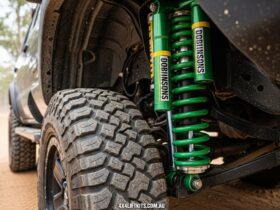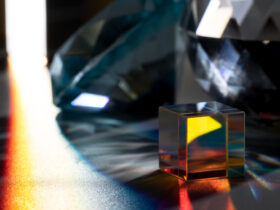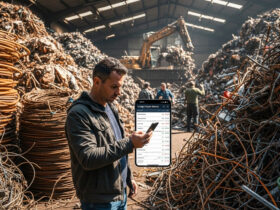Metal cladding is more than just a trend. It’s an architectural solution that’s durable, aesthetically pleasing, and versatile. As more architects and builders embrace this innovative building technique, it’s important to understand what metal cladding is, its benefits, types, maintenance, and the cost associated with it.

Metal cladding is a construction technique that involves covering the exterior of a building or structure with metal panels or sheets. It offers both functional and aesthetic benefits, providing protection, insulation, and a modern appearance.
What is Metal Cladding?
Metal cladding is a protective or aesthetic coating for buildings. It involves applying a thin layer of metal onto a structure, often made of a different material. This technique serves to protect the building from the elements and enhance its appearance.
Benefits of Metal Cladding
Metal cladding provides several benefits. It offers excellent durability, protecting buildings from harsh weather conditions. It’s also aesthetically versatile, available in various styles and finishes. Moreover, metal cladding is low maintenance and can help improve a building’s energy efficiency.
Different Types of Metal Cladding
There are several types of metal cladding, each with unique properties and aesthetics. Some commonly used metals include steel, aluminum, copper, and zinc. Each material offers a unique look and different levels of durability, cost, and maintenance.
- Weather Protection: Metal cladding acts as a protective barrier against harsh weather conditions, preventing moisture infiltration and increasing the lifespan of the building.
- Insulation: Some metal cladding systems incorporate insulation materials, improving energy efficiency and reducing heating and cooling costs.
- Aesthetic Appeal: Metal cladding provides a modern, sleek appearance that can enhance the overall look of a building. It’s available in various textures, finishes, and colors.
- Durability: Metals used in cladding, such as aluminum, steel, and zinc, are highly durable and resistant to wear, tear, and corrosion.
- Fire Resistance: Depending on the metal type and finish, metal cladding can offer good fire resistance properties, adding to the safety of the building.
How to Maintain Metal Cladding
Despite its durability, metal cladding requires regular maintenance to keep it looking its best. This includes routine inspections, cleaning, and occasional repairs or refinishing. However, the maintenance needs of metal cladding are generally low compared to other exterior finishes.
The Aesthetics of Metal Cladding
Metal cladding can significantly enhance a building’s aesthetic appeal. It’s available in a variety of styles, colors, and finishes. From sleek and modern to rustic and industrial, metal cladding can complement any architectural style.
The Durability of Metal Cladding
One of the main advantages of metal cladding is its durability. With proper installation and maintenance, metal cladding can last for decades. It’s resistant to moisture, corrosion, and UV rays, making it an ideal choice for any climate.
Installing Metal Cladding
The installation of metal cladding should be carried out by professionals to ensure optimal performance and longevity. The process involves attaching the metal panels to the building’s exterior, ensuring a secure fit and proper alignment.
The Cost of Metal Cladding
The cost of metal cladding can vary greatly depending on the type of metal used, the complexity of the installation, and the size of the project. However, the long-term benefits of durability and low maintenance often outweigh the initial investment.
Conclusion: Why Choose Metal Cladding?
Metal cladding offers an unmatched combination of durability, aesthetics, and low maintenance. Whether you’re a building owner or an architect, choosing metal cladding for your project can result in a striking, long-lasting, and cost-effective solution. With its range of styles and finishes, metal cladding can bring your vision to life while providing superior protection for your building.









Find Us on Socials